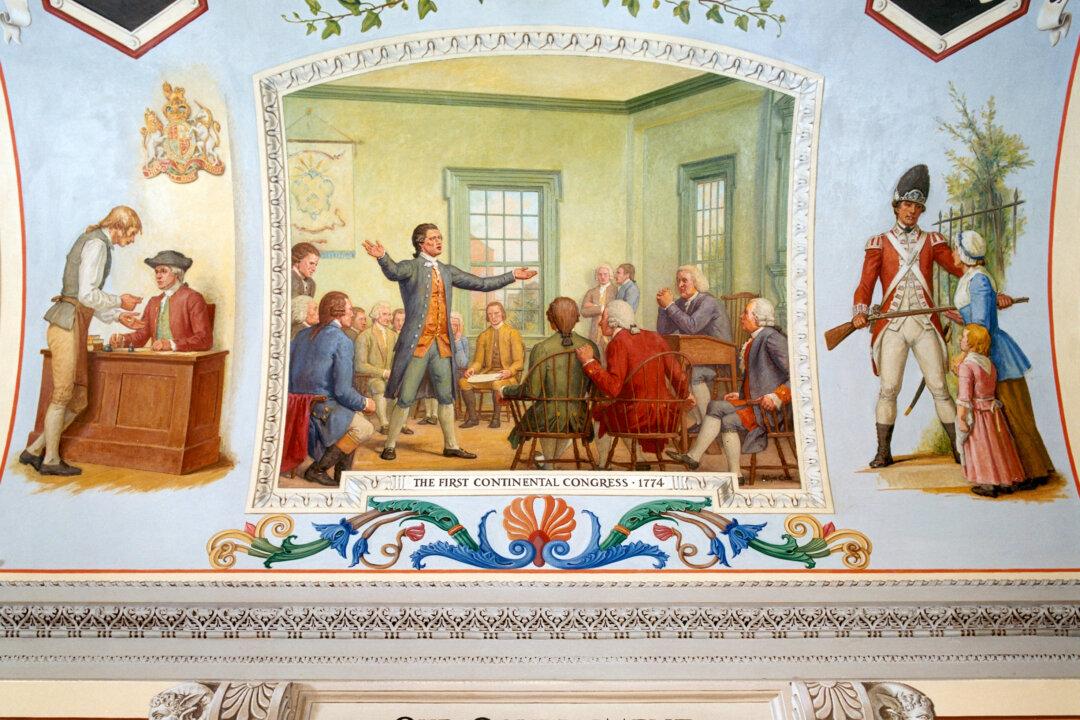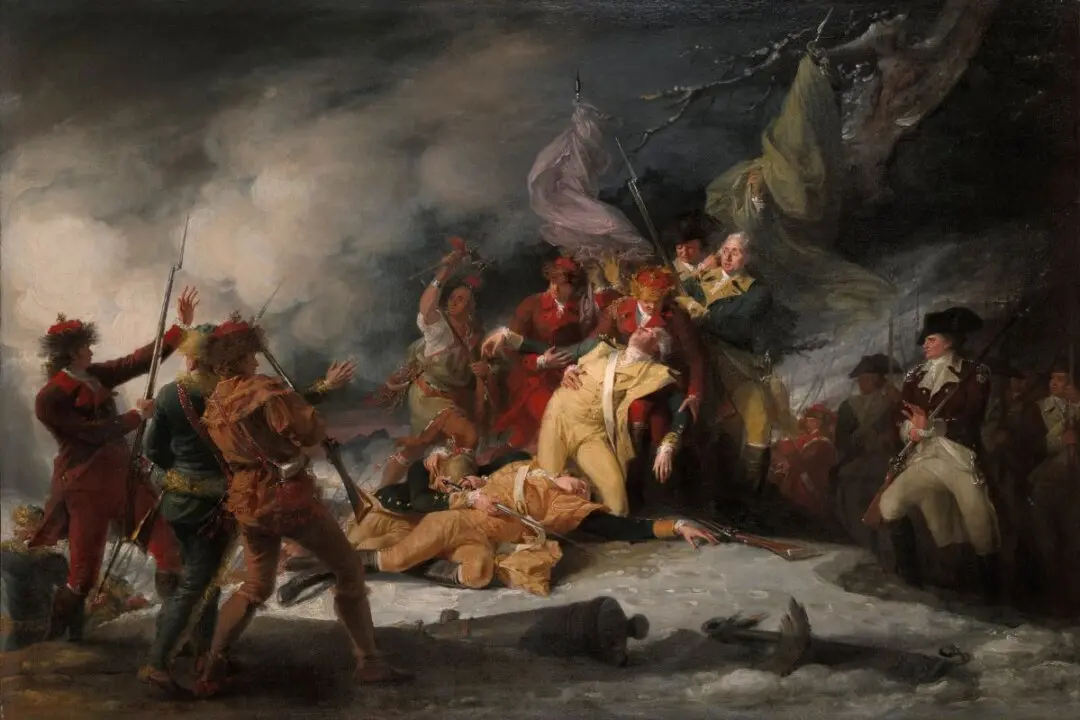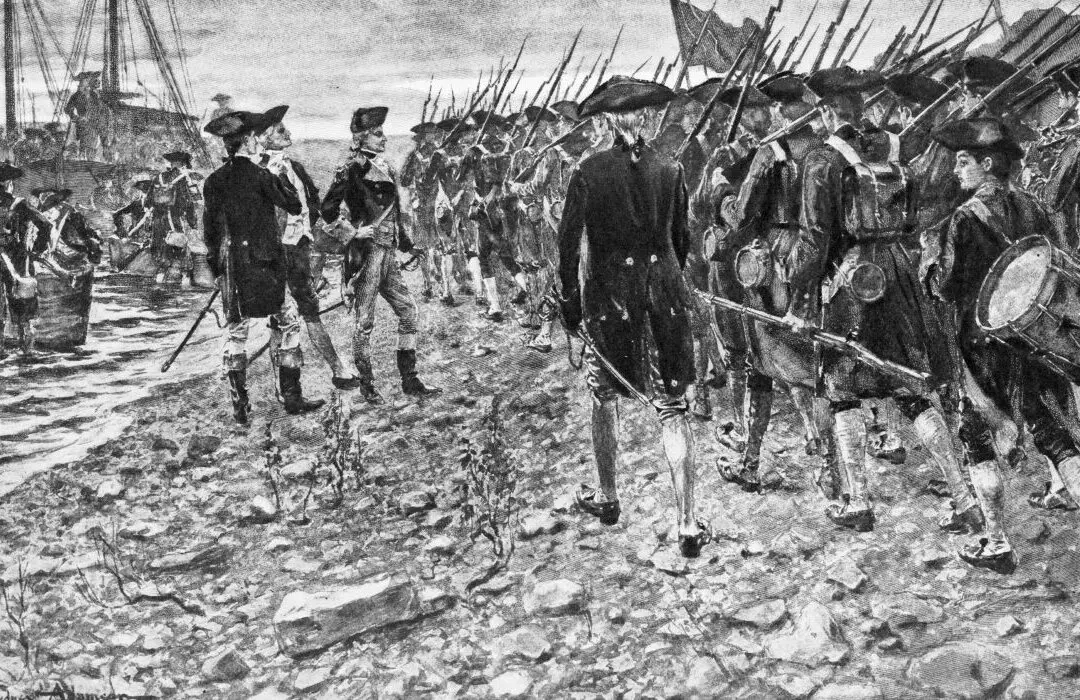In August 1774, Britain’s Lt. Gen. Thomas Gage tightened the noose around Boston as the supplemental Coercive (Intolerable) Acts took effect. These laws granted the military governor extraordinary powers, such as appointing judges and sheriffs, relocating trials of colonial officials to Britain or other colonies, and restricting town meetings. Elected members of the Governor’s Council were replaced by the Mandamus Councillors, who were appointed by Gage.
The passage of the Intolerable Acts, starting with the Port Bill that closed Boston’s harbor on June 1, greatly alarmed most American colonists. They feared that their consistent opposition to Parliament’s overreach would inevitably result in similar penalties being imposed on their colonies. Despite disagreements over who was to blame for the crisis and whether compensation should be made for the destroyed tea, the colonists agreed that these punitive measures were extreme, unconstitutional, and violated their rights as free Englishmen.





